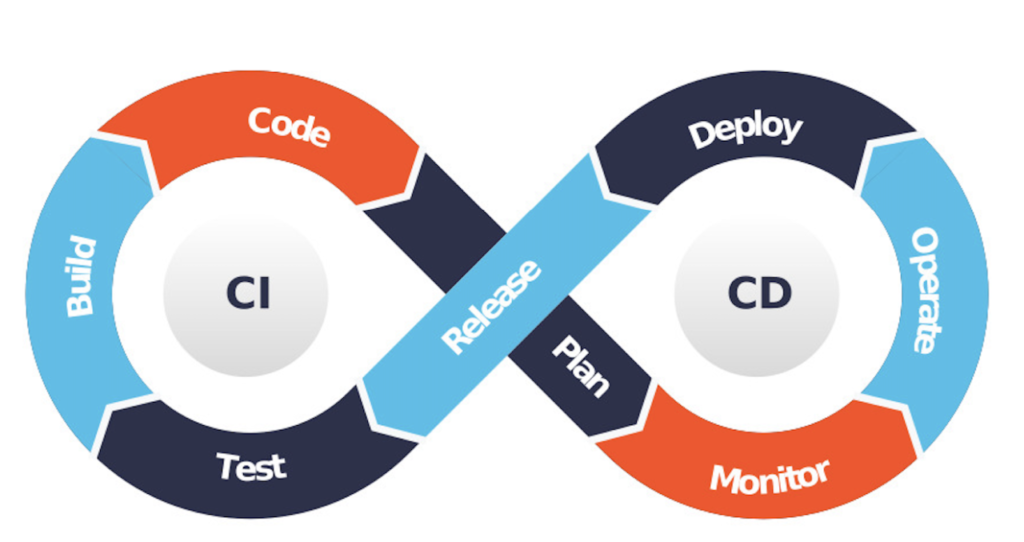
In the fast-paced world of software development, Continuous Integration and Continuous Deployment (CI/CD) have emerged as indispensable practices. These methodologies not only enhance the efficiency of development processes but also ensure higher software quality and faster time-to-market. In this blog post, we’ll dive into the best practices of CI/CD and provide code examples to illustrate each concept.
What is CI/CD?
Continuous Integration (CI) involves automatically integrating code changes from multiple contributors into a shared repository. The goal is to detect integration issues early, allowing developers to address them before they escalate. Continuous Deployment (CD) takes the process further by automatically deploying code changes to production environments after passing predefined tests.
Best Practices of CI/CD:
1. Automate the Build Process:
Automating the build process is fundamental to CI/CD. By automating the compilation and packaging of your application, you reduce the risk of manual errors and ensure consistent results across different environments.
Example:
Suppose you have a Node.js application. You can use a tool like Jenkins or CircleCI to automate the build process. In your CI configuration file (e.g., .circleci/config.yml), you can define the following step to build the application:
jobs:
build:
docker:
- image: node:14
steps:
- checkout
- run: npm install
- run: npm run build
2. Automate Testing:
Automated testing is crucial for maintaining code quality. Implement unit tests, integration tests, and end-to-end tests to catch bugs early and ensure that new changes don’t break existing functionality.
Example:
For a Python application using the pytest testing framework, you can create a tests directory with your test files and use the following command in your CI configuration to run tests:
jobs:
test:
docker:
- image: python:3.8
steps:
- checkout
- run: pip install -r requirements.txt
- run: pytest
3. Version Control:
Use a version control system (e.g., Git) to track changes, collaborate effectively, and manage different code versions. Branching strategies like GitFlow can help maintain a clean codebase.
Example:
Suppose you’re using GitFlow. You can automate the process of merging feature branches into the develop branch and triggering a build using a webhook or a CI/CD tool’s functionality.
4. Infrastructure as Code (IaC):
Define your infrastructure using code (IaC), allowing you to version, test, and recreate your environments consistently.
Example:
For infrastructure provisioning, tools like Terraform can be used. You can define your infrastructure in a .tf file, and then run commands like:
terraform init terraform plan terraform apply
5. Incremental Deployments:
Deploy changes in small increments to reduce the chances of introducing large-scale issues and to enable faster rollback if necessary.
Example:
In Kubernetes, you can use rolling updates to gradually replace old pods with new ones:
apiVersion: apps/v1
kind: Deployment
metadata:
name: my-app
spec:
replicas: 3
strategy:
type: RollingUpdate
rollingUpdate:
maxUnavailable: 1
maxSurge: 1
template:
...
6. Monitoring and Logging:
Implement robust monitoring and logging to detect issues and performance bottlenecks in real-time.
Example:
Use tools like Prometheus for monitoring and ELK stack for logging. Integrate them into your deployment pipeline to gain insights into your application’s behavior.
Conclusion:
Implementing CI/CD practices is essential for modern software development. By automating processes, automating testing, using version control effectively, adopting IaC, deploying incrementally, and monitoring closely, you can streamline your development workflow and deliver high-quality software faster. The provided code examples offer a starting point to integrate these practices into your projects, but remember to tailor them to your specific needs and tools. Happy coding and deploying!
